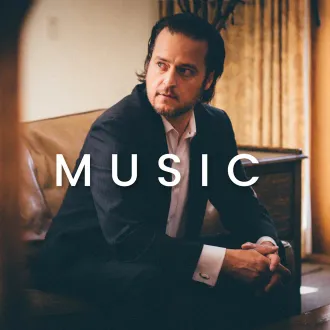ABOUT PAUL CARDALL
Paul Cardall, a Dove Award-winning musician, composer, and producer, is celebrated for his music that serves as a conduit to tranquility and spiritual introspection. With over 3 billion lifetime streams, 11 No. 1 Billboard albums, and recognition as one of the world's premier pianists by Steinway & Sons, Paul's diverse repertoire spans Classical, Christian, and New Age genres. His extraordinary journey includes overcoming health challenges, notably being born with half a heart and undergoing a life-saving heart transplant in 2009. Inspired by his experiences, Paul has made it his life's mission to craft healing piano music that resonates physically and emotionally.
Beyond his musical accomplishments, Paul engages in philanthropy, collaborating with organizations like The Ryan Seacrest Foundation and supporting causes such as the fight against human trafficking. His latest album, "Return Home," showcases 13 improvisational piano pieces, a departure from his usual compositional approach, inviting listeners on a cinematic voyage through the landscapes of his European heritage. The album, inspired by his deep connection with his wife Tina and their journey through her family's homeland in Slovenia, underscores the power of music to connect us to our past and serves as a testament to Paul Cardall's enduring impact as an artist and empathetic soul.
NATIONAL PRESS

Tip The Pianist
Paul began his career playing in Nordstroms for tips. He used those tips to produce his first album. When you tip today, Paul will use 100% towards his next recording.





